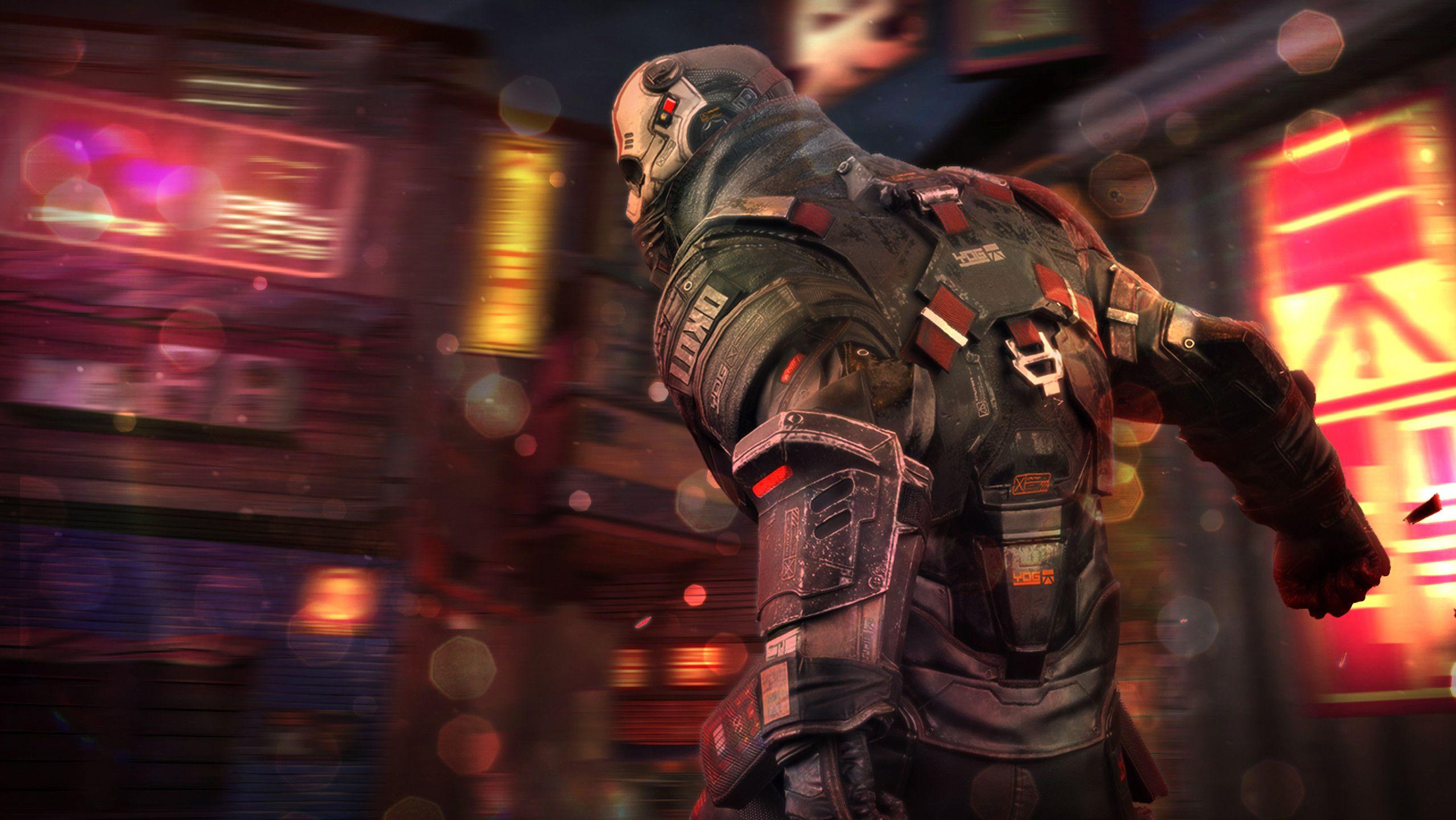
Additionally, CQC is not solely limited to enclosed areas, structure interiors, or tight spaces, and can theoretically occur anywhere, such as in and around a structure, aboard a ship, or in a dense rainforest.

Īlthough they have some overlap, CQC is not synonymous with urban warfare, as CQC emphasizes infantry tactics using light small arms in a small area of operations, as opposed to the combined arms and much larger areas of urban warfare. Because friendly, enemy, and noncombatant personnel can be closely intermingled, CQC demands a rapid assault and precise fire, and units that regularly conduct CQC-such as police tactical units, counterterrorist units, maritime boarding teams, special forces, and commando units-are often specially trained and equipped for CQC tactics. In the typical CQC scenario, the attackers try a fast takeover of an enclosed area controlled by the defenders, who usually cannot easily withdraw. In modern warfare, close-quarters combat usually consists of an engagement between two forces (typically "attackers" and "defenders") of varying size with small arms within a distance of up to 100 meters (110 yards), ranging from close-proximity shootouts to hand-to-hand combat. It can occur between military units, law enforcement and criminal elements, and in other similar situations. Modern Combat Versus offers a variety of agents with their own health, weaponry and skills - just take a look below for all of the details you need! Or, if it's straightforward tips and tricks you're after, check out our other top guide here.Close-quarters combat ( CQC) or close-quarters battle ( CQB) is a close combat situation between multiple combatants involving ranged (typically firearm-based) or melee combat.

You'll be defending points and shooting down foes, but which agent should you settle in with and upgrade? If you're a first-person shooter fan who just can't get enough bullets out, then maybe it's time to take a look at Modern Combat Versus, a multiplayer shooter you can play on the go.


 0 kommentar(er)
0 kommentar(er)
